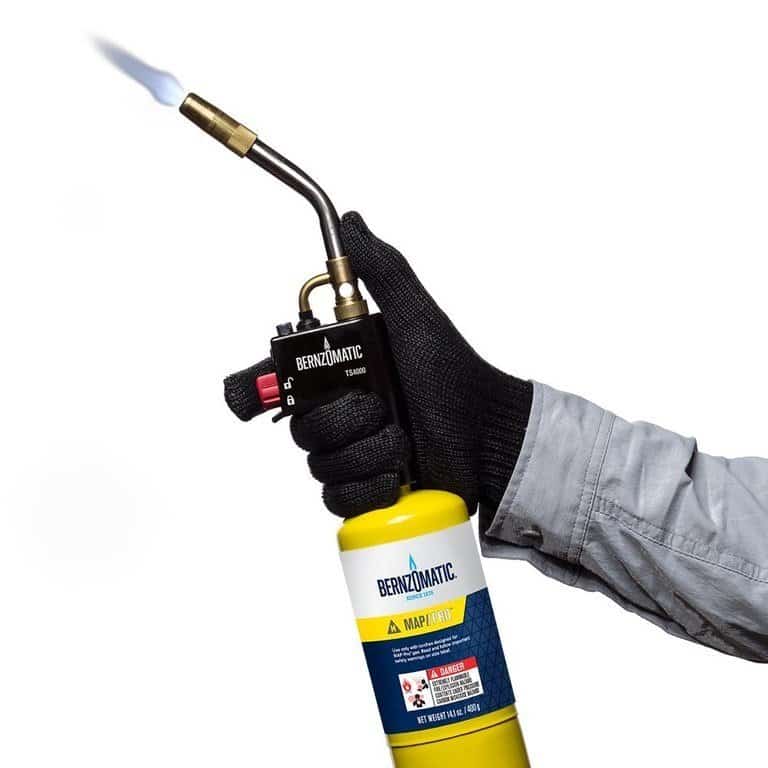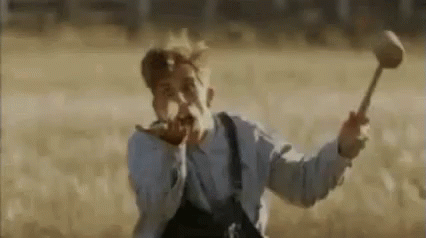Whoever installs the MF'ing pic rail on Tikka CTR's in the factory must have the strength of 10 men and the best thread locker around.
Of the T-15s holding that mother in place, I can't budge a single one. And of course I've probably stripped the head on 2 before stopping and realizing I wasn't getting these to budge.
So what's the ticket for stuck and stripped T-15s?
Stuck: A shot of penatrant oil like PB, let it sit for a day?
Stripped heads: Looking for input on this...
Thanks.
Great rifle, terrible time getting this damn rail off.
Of the T-15s holding that mother in place, I can't budge a single one. And of course I've probably stripped the head on 2 before stopping and realizing I wasn't getting these to budge.
So what's the ticket for stuck and stripped T-15s?
Stuck: A shot of penatrant oil like PB, let it sit for a day?
Stripped heads: Looking for input on this...
Thanks.
Great rifle, terrible time getting this damn rail off.




